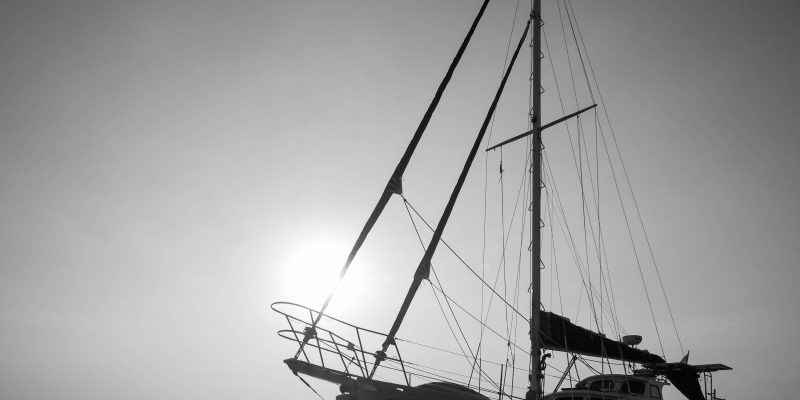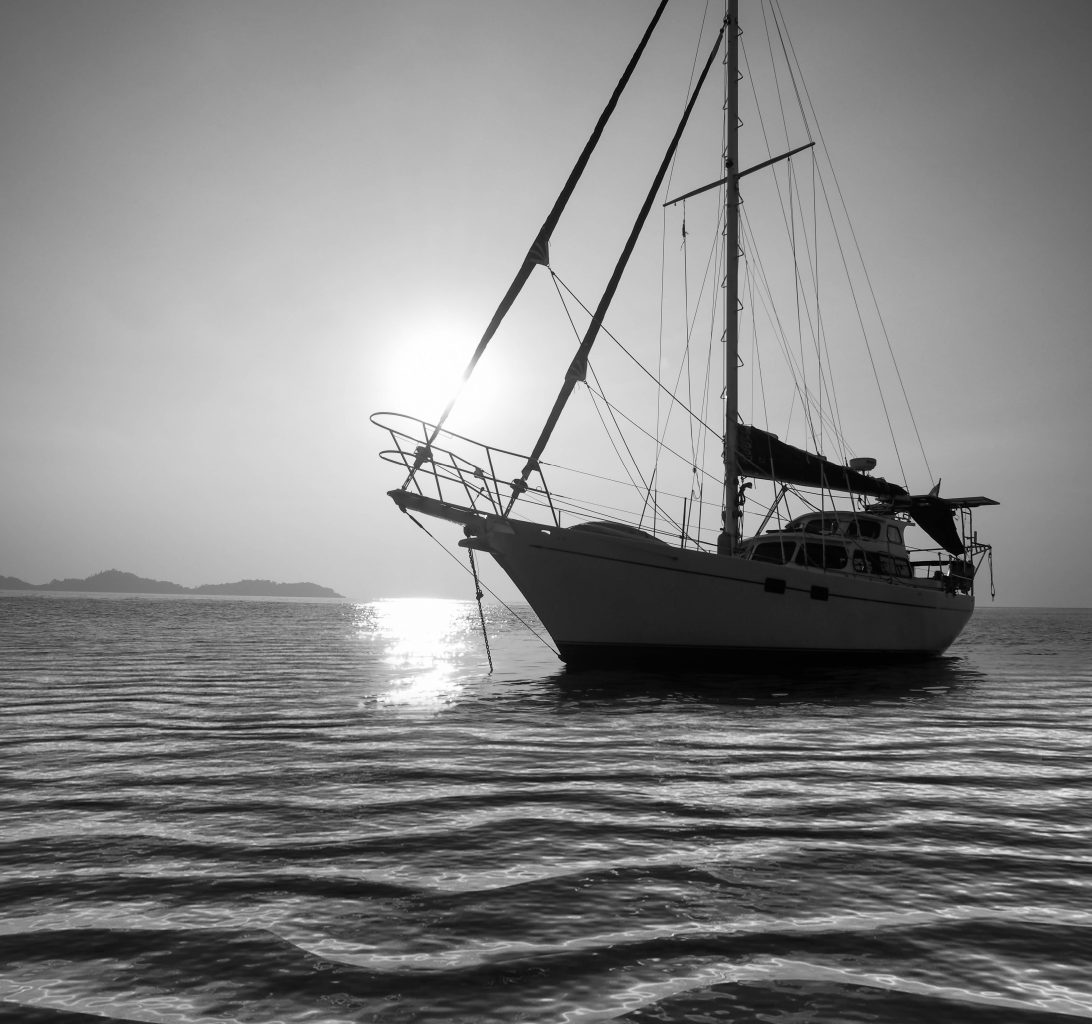Chat With Patrick Festing-Smith of Mango Yacht Charters, Oakville
By Anneliese Lawton
1. What is the best way to learn how to sail?
There are several ways to learn how to sail. As an adult, you can register in one of the many sailing course offered throughout the summer months at local yacht clubs. The Oakville Yacht Squadron, Bronte Harbour and Port Credit offer these courses usually in evenings and weekends. For children, there are summer camp programs. And of course, the most fun way to learn is to join a local yacht that is looking for extra hands on a weeknight race program. For learning through the winter months in the sun, we can organize a yacht charter with a teaching skipper. You rent a yacht for seven days with a skipper that is qualified to teach, and by the end of the week, after some onboard written tests, you can have proper certification for various levels of sailing. We arrange these regularly in exotic places such as the British Virgin Islands, Antigua and Grenada.
2. What should be considered when choosing a sailing yacht?
There are some basic questions we need to know and then it’s our job to find you the perfect yacht in the perfect location for the best price. Where you want to go and when you want to get there is the biggest determining factor. Next, are you looking for a power or a sail yacht? Monohull or a catamaran? Bareboat, skippered or fully-crewed charters? Finally, how large is your party and how long do you want to go for?
3. Do different sized yachts serve different purposes?
Yes! Depending on the size of your party and your desires, we need to choose a yacht with an appropriate number of cabins and heads (washrooms). Bareboat yachts (35’ to 55’) have two to four cabins. Fully-crewed yachts (50’ to 150’) can have any number of cabins, but usually no more than seven. The larger the yacht (most expensive option) is to charter. Yacht charters can vary in cost from $3,500 to more than $350,000 with the majority falling between $5,000 to $30,000. A very large 62’ catamaran, for example, with five cabins and a skipper, cook, meals and beverages would typically be in the $30,000 range.
4. How important is weather? What conditions should people be aware of when heading out onto the water?
Weather is always a factor. However, if you stick to the Caribbean in the winter and the Mediterranean in the summer, you will most likely have good weather. Most marinas and ports still post daily weather forecasts. They’re also available on the yachts radio.
5. What are some of your favourite sailing destinations?
That’s easy! In the Caribbean — British Virgin Islands, Grenadines, St Bart’s and Guadeloupe. In the Mediterranean — Croatia! Croatia has some outstanding sailing throughout the Dalmatian islands. It’s very pretty topography, amazing water and has good food, wine and fantastic history. Both are different for their own reasons. The Caribbean is beach bars, sun and sand. The Mediterranean is history and culture. I love them both.
6. Do you have a favourite boat? What’s her name?
As far as my own personal boats, my friends and I have owned several named NANUK. That means “polar bear” in Inuit. I’d have to say the current NANUK is my favourite. In the Mediterranean there is a yacht called a “Gulet.” It’s a class of Turkish wood boat that has been turned into luxury charter yachts. They look like old pirate ships and are about 90’ long. But they’re extremely luxurious and have six to eight cabins with skipper, cook and crew. They’re a lot of fun.
7. What’s your favourite memory on the water?
After 49 years you can have a lot, so I’ll stick with the most recent. We had a glorious overnight sail from Grenada to Guadeloupe last year on NANUK. The conditions were perfect. An easterly breeze of about 15 knots, flat water to the Lee of the islands headed north (Union, Martinique, St. Lucia and others) and a full moon with a completely clear sky. It was like sailing with 30 per cent daylight throughout the evening. And we were flying in flat water at about 10 knots on a reach. Everything was absolutely perfect.

